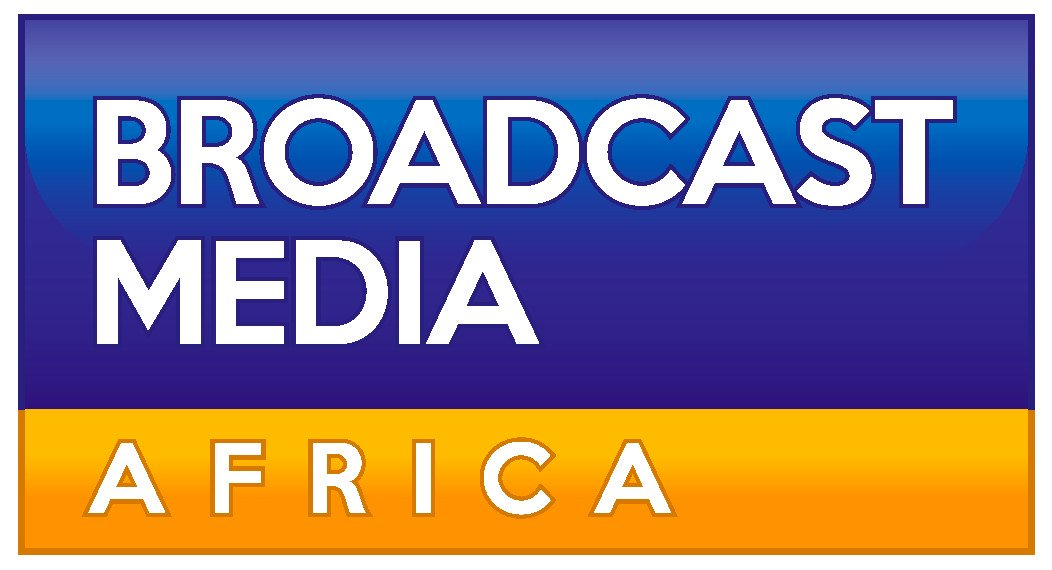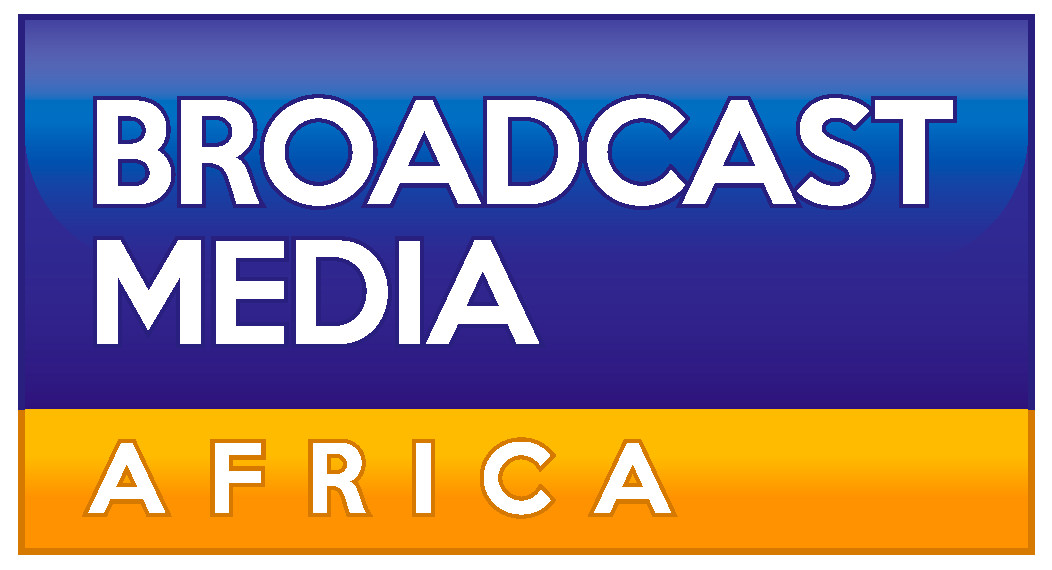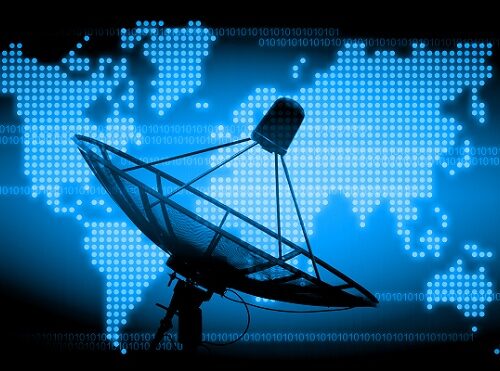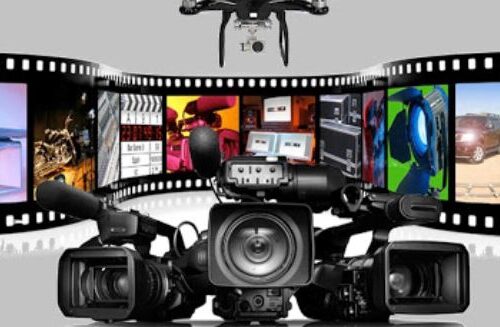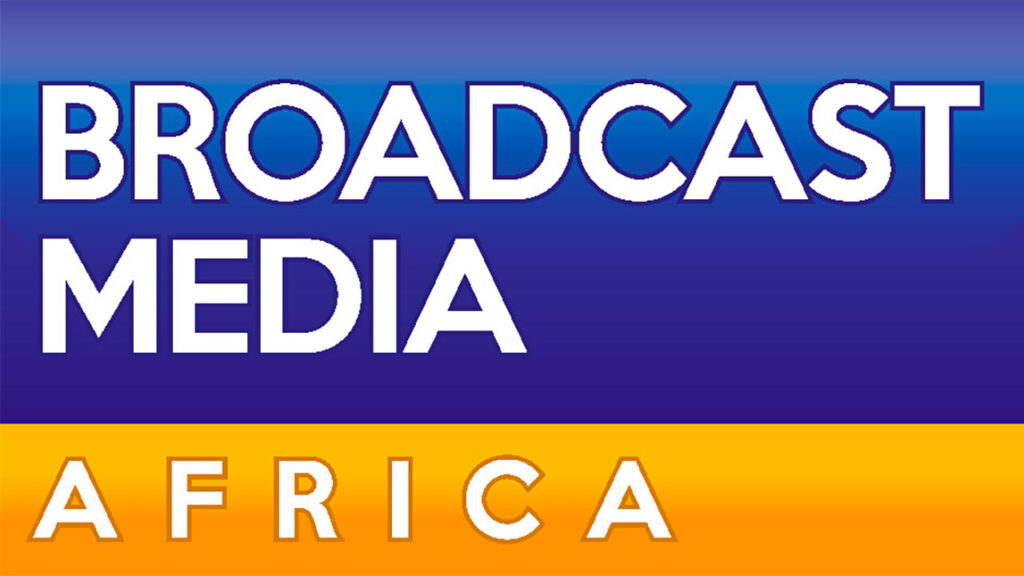
According to the latest State of Digital Development in Africa report from the International Telecommunication Union (ITU), Africa remains the least connected region globally. In 2024, only 38% of the continent’s population was online—far below the global average of 68%.
The report paints a clear picture: while digital access is improving, the continent faces significant barriers. High internet costs, limited infrastructure, and low digital skills—particularly in rural areas—hinder progress.
Affordability is one of the biggest obstacles. In 2024, a basic 2GB mobile data plan cost 4.2% of the average income, surpassing the UN’s recommended benchmark of 2%. Fixed broadband is even less accessible, costing most households about 15% of their revenue, effectively placing it out of reach.
Mobile broadband remains the predominant means for people to get online. However, 14% of Africa’s population has no access, rising to 25% in rural areas. While 70% of the population has access to 4G, 16% still rely on older 3G networks, and 5G is accessible to only 11%, primarily in urban areas.
The urban-rural inequality is stark. Internet usage in cities is 57%, whereas in rural areas, it is only 23%—the widest gap across all ITU-tracked regions. Investments continue to favour urban centres, leaving rural communities underserved.
The ITU also highlighted weak policy and regulatory frameworks. Only 18% of African countries have reached the highest standard of ICT governance (G4), compared to a global average of 38%. The report calls for stronger digital identity, cybersecurity, and digital skills coordination.
Nigeria is Africa’s most connected nation, boasting 138.7 million mobile connections in 2024. However, challenges persist: 42% still use 2G networks, 44% have broadband access, and just 2.4% of users have access to 5G.
The message is clear: Africa’s digital future is achievable only if access, affordability, and policy align with demand.
